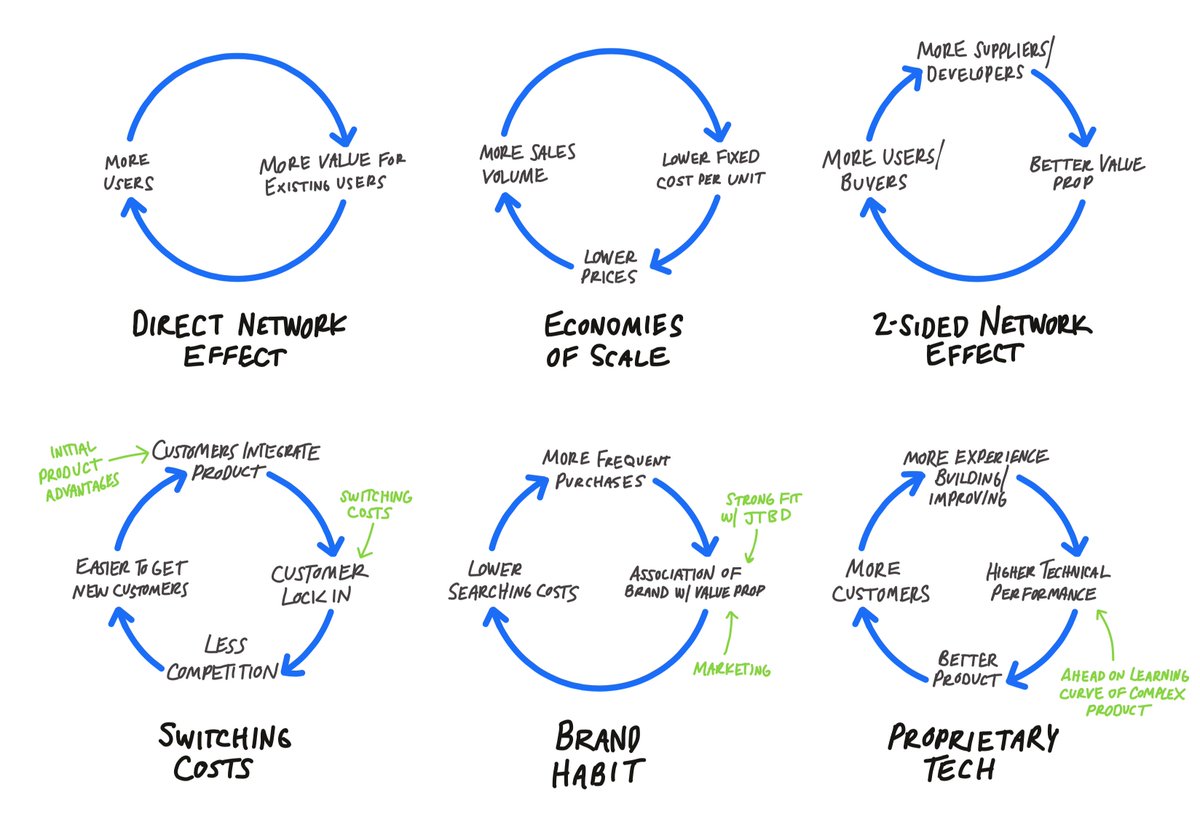
1/ One of the models I use most in business analysis is tech stack trees 🌳
Every product is built on and enabled by 1 or more technologies.
Understanding where a product fits on its higher-level tech stack is an important part of any long-term strategy or investment thesis.
Every product is built on and enabled by 1 or more technologies.
Understanding where a product fits on its higher-level tech stack is an important part of any long-term strategy or investment thesis.
2/ A tech stack "tree" is higher-level version of a traditional tech stack. It shows not only the tech something is built on, but what's built on it. A typical stack tree looks something like this: 

3/ Here's a few examples of stack trees from the tech industry, although they can be drawn out for products *any* industry. #AMZN #NVDA #TWLO 





4/ Modeling a stack can lead to insights into where value flows, who captures it, and potential opportunities to expand the business.
5/ Amazon is an amazing case study in stack traversal & expanding into adjacent technologies. They started as an online marketplace with some fulfillment operations, and over time have expanded in all directions.
6/ When considering stack traversal, you have to ask ?s like:
1) Does current tech give us an advantage here?
2) How much value does layer capture?
3) Are there barriers to entry?
4) Will expansion endanger relationships with current partners or customers?
1) Does current tech give us an advantage here?
2) How much value does layer capture?
3) Are there barriers to entry?
4) Will expansion endanger relationships with current partners or customers?
7/7 I wrote this up in a more detailed post here, including a short case study using food delivery apps as the tech in focus. futureblind.com/2020/12/29/tec…
Also, thanks to @lpolovets and @jakesing_ for their feedback on this, and @MarceloPLima for some inspiration on the TWLO stack.
• • •
Missing some Tweet in this thread? You can try to
force a refresh





